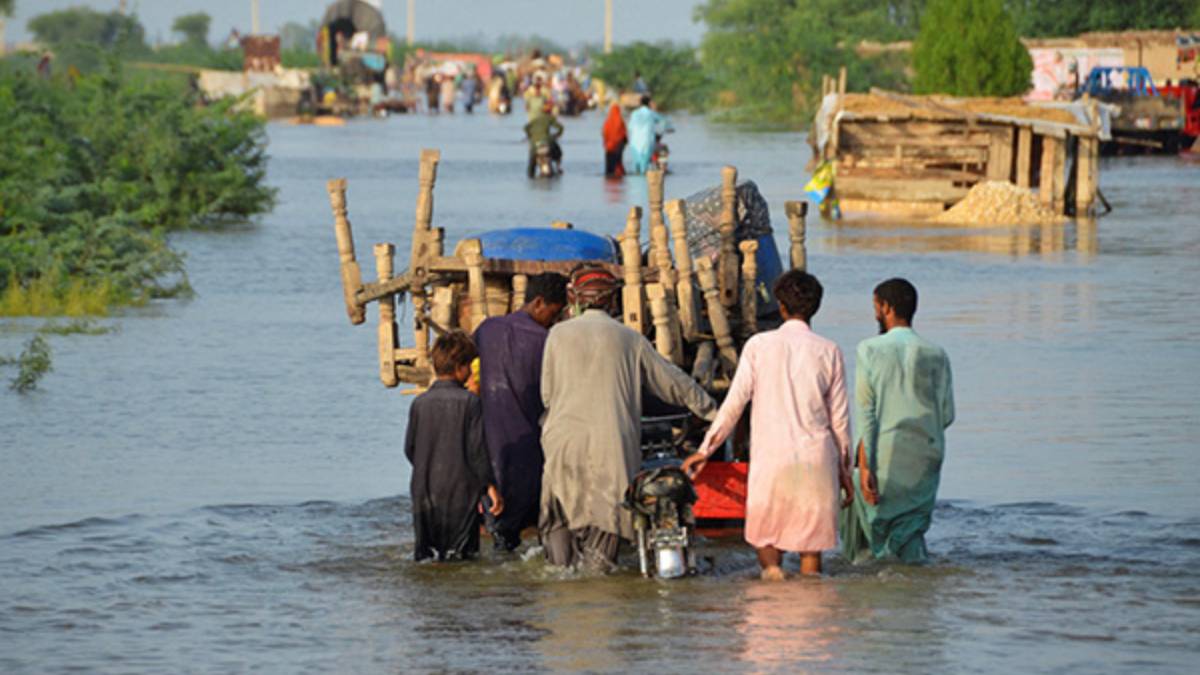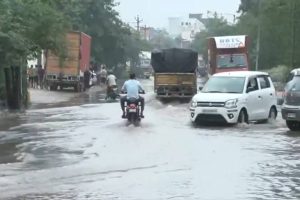More than 200 people, including nearly 100 children, have died and over 560 have been injured as relentless monsoon rains wreak havoc across Pakistan since late June, Geo TV reported, citing official data from the National Disaster Management Authority (NDMA).
Punjab province has been the worst affected, recording 123 fatalities, followed by Khyber Pakhtunkhwa (40 deaths), Sindh (21), Balochistan (16), Islamabad (1), and Pakistan-occupied Jammu and Kashmir (1).
The causes of death have ranged from collapsing homes (118 deaths) and flash floods (30 deaths), to drowning, electrocution, lightning strikes, and landslides. Children have been particularly vulnerable, with 182 among the injured.
In Rawalpindi, flash floods inundated homes, streets, and markets, with water levels reaching rooftops in some neighborhoods, forcing mass evacuations. Faisalabad also saw significant damage, with 11 deaths and 60 injuries reported across 33 incidents in just two days—most due to the collapse of unstable structures.
Heavy downpours and landslides in Punjab have destroyed key infrastructure. In Chakwal alone, over 450 mm of rainfall washed away at least 32 roads. Many areas remain cut off, with power outages and disrupted communication links compounding the crisis.
The United Nations has raised concerns over potential glacier lake outburst floods in Khyber Pakhtunkhwa and Gilgit Baltistan, further highlighting the growing threat of climate-induced disasters in the region.
The ongoing devastation echoes the 2022 monsoon disaster that killed over 1,700 people, displaced millions, and caused economic damage estimated at nearly USD 40 billion.
With the monsoon season set to continue through September, Pakistan faces a critical period as it grapples with the mounting toll of extreme weather and its fragile infrastructure.





